A New And Sustainable Future At FedEx
Our APAC President Kawal Preet discusses FedEx’s environmental policies and strategy for a greener tomorrow.
- As one of the world’s largest express transportation companies, we recognize the importance of taking action to address climate challenges.
- The drive to create a more positive impact on our industry and our communities has led to an ambitious goal to reach carbon-neutral operations by 2040.
- Kawal Preet, FedEx’s President of Asia Pacific, explores sustainable business practices in the region.

In March 2021, we set an ambitious global goal to achieve carbon-neutral operations by 2040, 10 years ahead of the Paris Climate Agreement goal. We plan to achieve this through vehicle electrification, sustainable fuels, fuel conservation and aircraft modernization, more efficient facilities, and natural carbon sequestration. We’ve set timetables and targets and established teams to execute our plans.
We also collaborate with NGOs and other institutions leading the charge on sustainability. To thank customers in APAC for their support for our environmental goals, we’ve planted 3,400 trees on their behalf in our last financial year.
We also collaborate with NGOs and other institutions leading the charge on sustainability. To thank customers in APAC for their support for our environmental goals, we’ve planted 3,400 trees on their behalf in our last financial year.

Our 2040 target is an ambitious one, which is why we’ve pledged an initial investment of more than $2 billion to help achieve it. This goal expands on existing actions to connect the world responsibly and resourcefully. From FY09 through FY21, we reduced our emissions intensity by 45% during a period when our average daily package volumes grew by 180%.
Our roadmap to carbon-neutral operations by 2040
Our roadmap to carbon neutrality by 2040 lays out initiatives across our entire organization. There’s a common strategy woven through our sustainability efforts: reduce, replace, and revolutionize. We're focused on reducing emissions and waste, replacing older technologies and vehicles with more efficient ones, and revolutionizing our operations with new technologies.
Every day, millions of packages pass through FedEx facilities globally. That makes our packaging an obvious place to start. I’m happy to say that our FedEx-branded cardboard packaging is almost 100% recyclable, and composed of 9%-23% recycled materials.
Every day, millions of packages pass through FedEx facilities globally. That makes our packaging an obvious place to start. I’m happy to say that our FedEx-branded cardboard packaging is almost 100% recyclable, and composed of 9%-23% recycled materials.
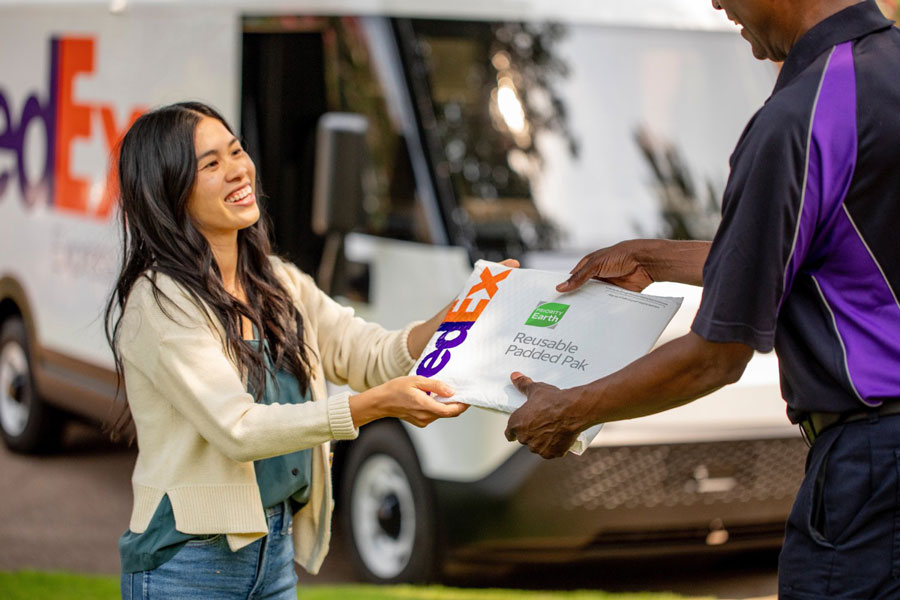
Across the APAC region, we’re bringing more electric vehicles (EVs) into our network. We aim for 50% of all FedEx owned parcel pick-up and delivery vehicle purchases to be zero-tailpipe emission vehicles by 2025, and 100% by 2030. That moves us towards our goal of having our entire parcel pick-up and delivery fleet, including contracted transportation, to comprise of zero-tailpipe emission vehicles.
So far, we’ve made significant progress in China, where EVs grew to represent 20% of the country’s FedEx fleet of pick-up and delivery vehicles in fiscal year 2024. Over the years, we’ve also added EVs to our fleet in Japan, Malaysia and Thailand. In early 2024, we even set a new record with the first cross-border EV delivery between Malaysia and Singapore.
Like any other industry, we’re leaning on advanced technologies to explore new possibilities in operational efficiency. These, ultimately, will contribute to reducing carbon emissions. In Australia, we’ve introduced Dynamic Drive-Through Pallet Dimensioning Systems, which automate the measuring and weighing of palletized freight. Besides doubling efficiency and reducing errors, it’s also a more sustainable solution that helps to reduce fuel consumption.
Our analytics team in Singapore works with FedEx Dataworks to steer the company’s digital transformation. Using data to optimize our operations, we apply technologies like artificial intelligence (AI) and machine learning to make us more efficient. In Singapore and China, we’ve also introduced AI-powered robotic sorting arms at our hubs and sorting centers.
So far, we’ve made significant progress in China, where EVs grew to represent 20% of the country’s FedEx fleet of pick-up and delivery vehicles in fiscal year 2024. Over the years, we’ve also added EVs to our fleet in Japan, Malaysia and Thailand. In early 2024, we even set a new record with the first cross-border EV delivery between Malaysia and Singapore.
Like any other industry, we’re leaning on advanced technologies to explore new possibilities in operational efficiency. These, ultimately, will contribute to reducing carbon emissions. In Australia, we’ve introduced Dynamic Drive-Through Pallet Dimensioning Systems, which automate the measuring and weighing of palletized freight. Besides doubling efficiency and reducing errors, it’s also a more sustainable solution that helps to reduce fuel consumption.
Our analytics team in Singapore works with FedEx Dataworks to steer the company’s digital transformation. Using data to optimize our operations, we apply technologies like artificial intelligence (AI) and machine learning to make us more efficient. In Singapore and China, we’ve also introduced AI-powered robotic sorting arms at our hubs and sorting centers.
The role of sustainability in the design of new products and infrastructure
Sustainability is a key driver in everything we do, because it works hand in hand with greater operational efficiency and customer experience.
Our own research shows that customers want both sustainable and speedy delivery, and don’t want to compromise on one without the other.
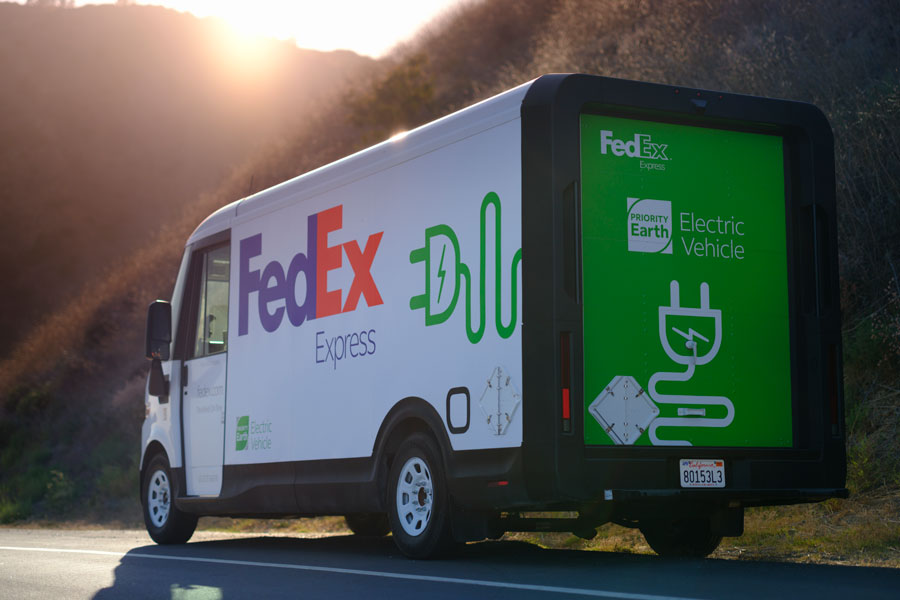
Sustainable digital tools
Digital technology is helping provide more paperless solutions and more convenience for our customers. With millions of packages in our system every day, minimizing paper usage makes a difference.
Electronic Trade Documents mean customers can now submit information essential for customs clearance electronically. There’s no need to attach printed paperwork to each shipment and delays at customs can be avoided.
Digital technology is helping provide more paperless solutions and more convenience for our customers. With millions of packages in our system every day, minimizing paper usage makes a difference.
Electronic Trade Documents mean customers can now submit information essential for customs clearance electronically. There’s no need to attach printed paperwork to each shipment and delays at customs can be avoided.
Sustainable infrastructure
We have more than 5,000 air and ground hubs, local stations, freight service centers, and retail locations around the world. We understand the contribution they make to our carbon footprint. That’s why we now build facilities with sustainability in mind for much greater energy efficiency.
Our newest facility in Adelaide, South Australia, is equipped with a 4,500 sqm skylight to increase the amount of natural light, and uses 100% LED lighting to save more than 50% kW per year compared to traditional lighting. The new gateway also collects and reuses rainwater on site.
In South Korea, our Incheon gateway is another great example. It’s a G-SEED (Green Standard for Energy and Environmental Design)-certified building that generates renewable energy through 2,400 solar roof panels that supply around 19% of its monthly energy needs. It also has a green roof to reduce heat flux and energy consumption for cooling or heating.
We have more than 5,000 air and ground hubs, local stations, freight service centers, and retail locations around the world. We understand the contribution they make to our carbon footprint. That’s why we now build facilities with sustainability in mind for much greater energy efficiency.
Our newest facility in Adelaide, South Australia, is equipped with a 4,500 sqm skylight to increase the amount of natural light, and uses 100% LED lighting to save more than 50% kW per year compared to traditional lighting. The new gateway also collects and reuses rainwater on site.
In South Korea, our Incheon gateway is another great example. It’s a G-SEED (Green Standard for Energy and Environmental Design)-certified building that generates renewable energy through 2,400 solar roof panels that supply around 19% of its monthly energy needs. It also has a green roof to reduce heat flux and energy consumption for cooling or heating.
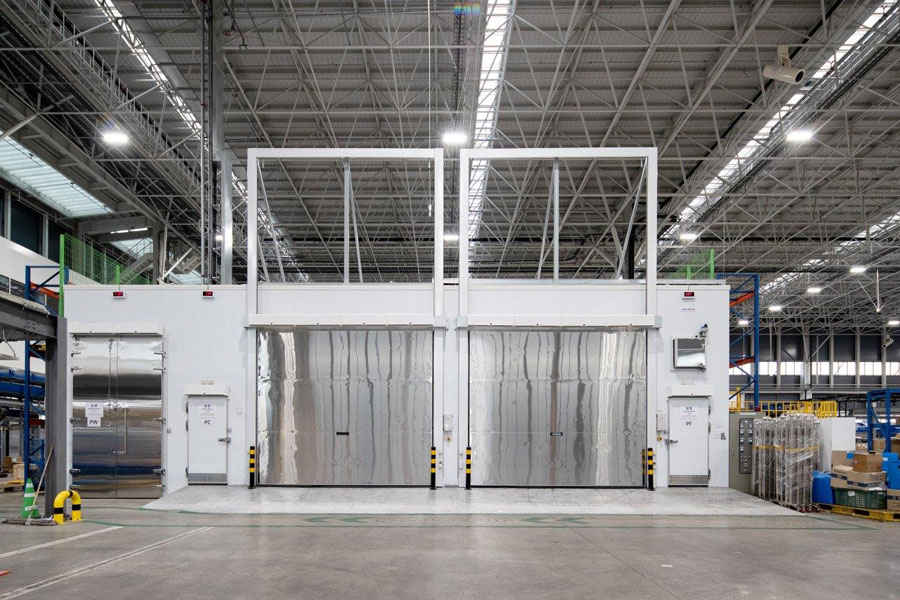
Optimizing journeys and improving the last-mile
With e-commerce growing at a compound annual growth rate of 10% in APAC, we’re looking carefully at how we manage last-mile delivery to residential addresses. Delivery lockers are a great example.
By providing smart lockers in convenient neighborhood locations, we meet customers where they want to pick up. We can also reduce emissions and traffic congestion from wasted journeys when the recipients aren’t home. Digital tools such as FedEx Delivery Manager work in parallel, allowing recipients to schedule when and where their shipment is delivered so they are there to receive it.
With e-commerce growing at a compound annual growth rate of 10% in APAC, we’re looking carefully at how we manage last-mile delivery to residential addresses. Delivery lockers are a great example.
By providing smart lockers in convenient neighborhood locations, we meet customers where they want to pick up. We can also reduce emissions and traffic congestion from wasted journeys when the recipients aren’t home. Digital tools such as FedEx Delivery Manager work in parallel, allowing recipients to schedule when and where their shipment is delivered so they are there to receive it.
More sustainable aviation
When it comes to achieving true sustainability in aviation, we’re taking a long-term and multi-faceted approach. Today, there are few viable alternatives to replace carbon-based jet fuels at the scale needed for the entire aviation industry. We’re modernizing our aircraft and advocating for the scale up of the sustainable aviation fuel (SAF) market.
We also pledged $100 million to Yale University to help establish the Yale Center for Natural Carbon Capture. This will accelerate research into methods of carbon sequestration at scale.
When it comes to achieving true sustainability in aviation, we’re taking a long-term and multi-faceted approach. Today, there are few viable alternatives to replace carbon-based jet fuels at the scale needed for the entire aviation industry. We’re modernizing our aircraft and advocating for the scale up of the sustainable aviation fuel (SAF) market.
We also pledged $100 million to Yale University to help establish the Yale Center for Natural Carbon Capture. This will accelerate research into methods of carbon sequestration at scale.
What we hope to achieve in the next 18-24 months
We’re focused on a combination of small and big steps to generate real results across our operations. Most visible to our customers will be the continued expansion of our digital solutions. More of their interactions with us can be self-service and completed with just a click. Customers in an increasing number of markets in the region will also see more FedEx EVs on the roads.
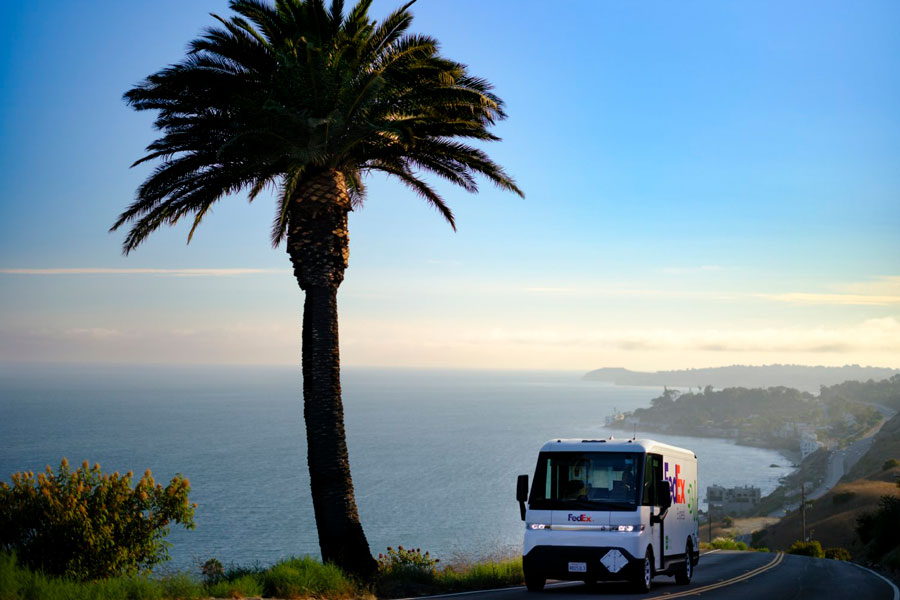
As customers look to us to help them reduce their carbon footprint within their supply chains, we’ve developed data-driven tools to give them visibility into the CO2 emissions their shipping choices create. Now, our customers can make more informed, sustainability-driven choices based on the options available.
But there’s also a lot of change taking place internally that will be invisible to customers. Transformation of our facilities and in our processes will have a positive contribution to our long-term goals. We’re committed as always to being transparent in reporting what we’ve achieved and what we’re prioritizing in our annual ESG reporting.
For the past 50 years, FedEx has been a pioneer in our industry. We want to continue to lead in our sustainability efforts as well.
For more sustainable shipping solutions by FedEx, head here.
For more sustainable shipping solutions by FedEx, head here.
***
A version of this interview was first published in Sustainability Magazine.







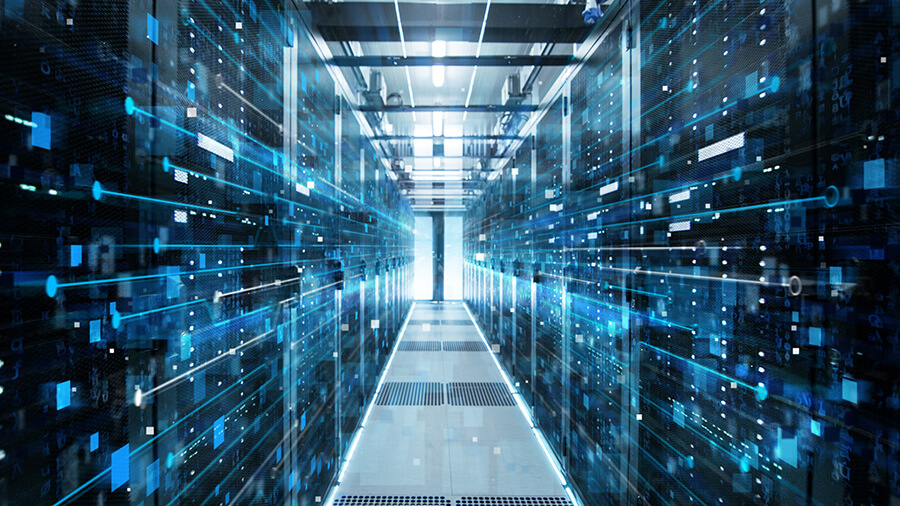


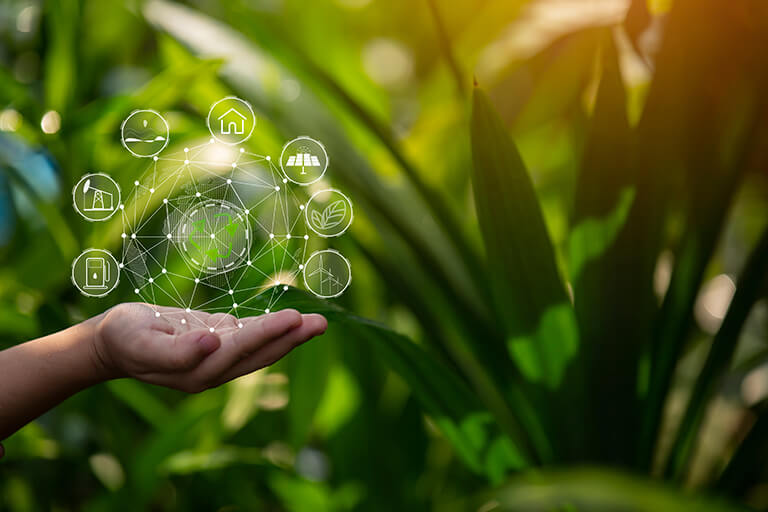







 The Latest
The Latest